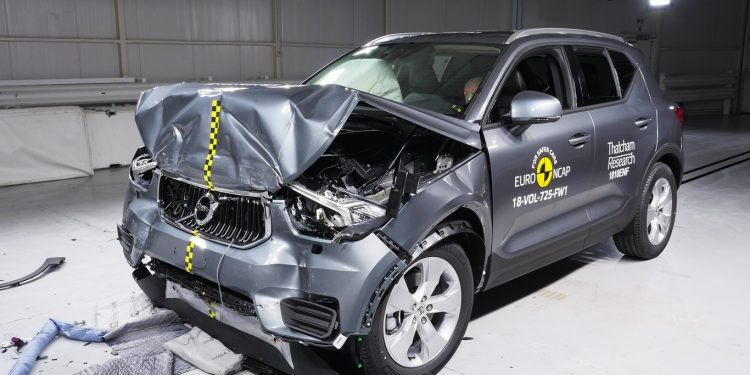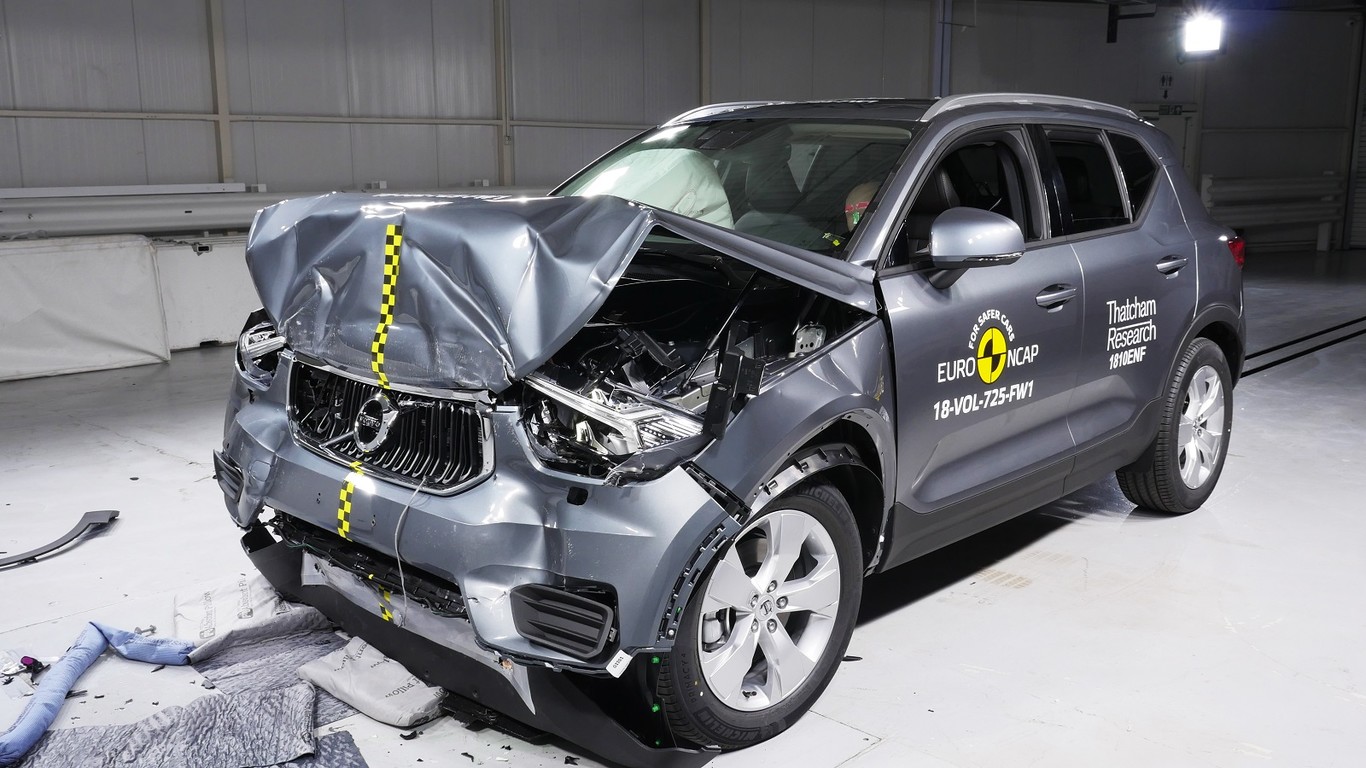
The European Association of Automobile Manufacturers (ACEA), which represents the 15 leading European manufacturers of automobiles, vans, trucks and buses (see BMW, Volvo, Ford, Volkswagen, Daimler, Renault, FCA, PSA …) has requested ” Put more emphasis on an integrated road safety strategy .”
This means more annual research and development budget – more than the 54,000 million euros used by the sector per year – to make passenger cars and commercial vehicles even safer. But, and the roads for when?
 Active safety as a priority to reduce the accident rate
Active safety as a priority to reduce the accident rate
The European Commission has proposed to revise the General Security Regulation (GSR), which is being discussed by the European Parliament and the Council at this time. The objective of this revision is to update the EU Regulation that specifies with which security systems the new types of automobiles must be equipped.
When it comes to addressing accidents caused by speeding, for example, the Commission has proposed to equip all new vehicles with Intelligent Speed Adaptation (ISA).
However, in practice and according to ACEA, the ISA still shows too many false warnings due to “incorrect traffic signals and outdated information”. In addition, “the cameras can not anticipate all scenarios, for example, when traffic signs are covered,” the consortium warns.
Going forward, says ACEA Secretary General Erik Jonnaert, active safety systemsshould have priority when it comes to directing future investments or establishing new safety requirements for vehicles since it can offer greater benefits and avoid accidents in the future. instead of “alone” mitigate the effects of a shock.
Thus, according to the statement, “all the main players in the mobility sector agree that road drops should be further reduced” and therefore the investment to make cars a safer means of transport must be greater .
The ACEA considers that the passive safety technology (prestressed safety belts, airbags and deformation zones that absorb energy) is reaching a level of maturity, so the margin for improvement is limited.
And the roads for when?
According to data from the ACEA, the number of passenger vehicles in Europe has increased in the period from 2001 to 2017 by 59 million, and yet there are fewer accidents: ” The European Union also has the safest roads in the world , with 49 deaths per million inhabitants per year, while the world average is 174 deaths, “said Jonnaert.
In line with the arguments of the DGT, the ACEA considers human error as the cause of 90% of current accidents, and like the DGT, ignores in its requests the improvement of the state of roads and investment in infrastructure.
The report that RACE carries out with the EuroRAP (European Road Assesment Program) every year is also a good thermometer of the state of the roads. The last, of 2017, specifies that 14.44% of the sections present a high or medium-high risk. There are a total of 3,595 kilometers in the State Roads Network classified as high risk, of which 1,100 kilometers are high risk .
In them, throughout 2017, there were 140 deadly and serious accidents, with an average of 36 deaths and 138 serious injuries per year.
